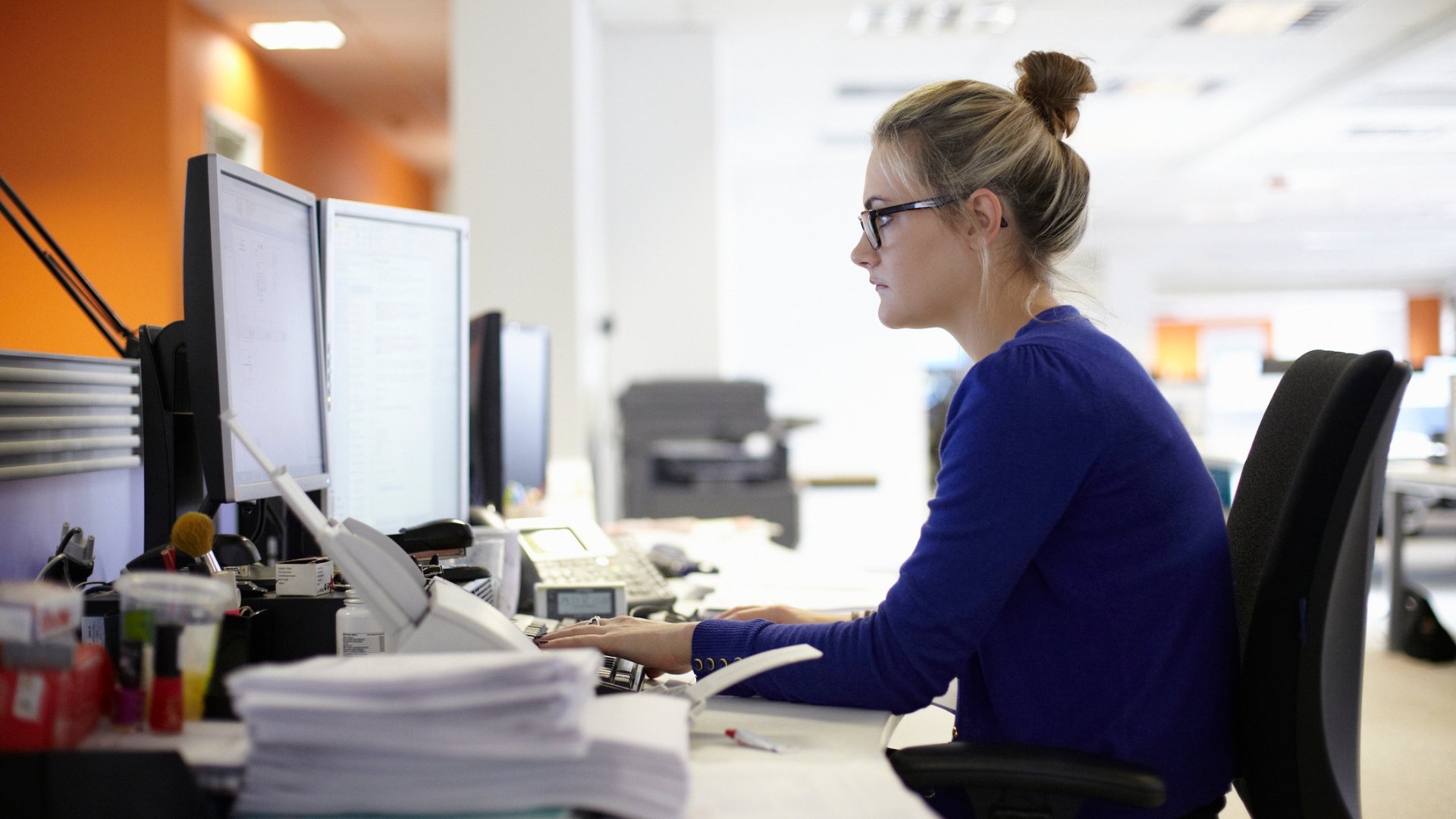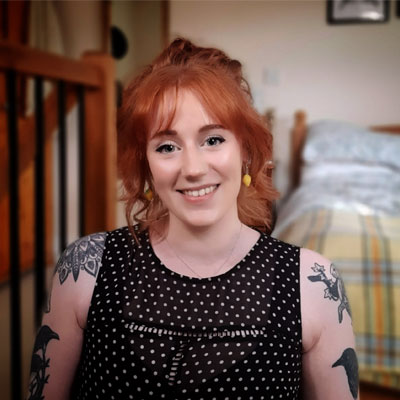
When browsing Instagram I often come across claims like, “this stretch will change your life.” I usually scoff and continue scrolling but a stretch from physiotherapist Claire Sobolewski made me pause—the supposed benefits were exactly what I needed.
“This stretch helps to open up the chest muscles, shoulders, and lengthen through those tight hip flexors, which often become tight from sitting and slouching,” says Sobolewski in her caption.
At the time of watching, I was hunched over my phone and wondering why my shoulders were sore. So, I decided to give it a shot.
How to do Sobolewski's spinal extension stretch
A post shared by Claire S | Physiotherapy & Pilates (@physioclaire)
A photo posted by on
- Come into a tabletop position with a wall behind you
- Shuffle backward so your knees are close to the wall and shins resting vertically up the wall
- Keeping your arms extended for support, move your hips slowly towards the floor, opening up your chest and lengthening your spine as your hips come down
How I did it
During my working day, I took five one-minute breaks to do this stretch with the support of a wall and performed it for roughly 60 seconds each time
"This is a spinal extension stretch, so make sure to practice with care and remember—engage your core to protect your lower back," says Sobolewski in her caption.
Here’s what I noticed after practicing it throughout a workday.
1. My tight spine felt looser
Often, you don’t notice how tight or sore something is until the discomfort goes away. The first time I did this stretch my back felt great and I became aware of how much pressure I must have been putting on my spine by slouching over my computer. When I sat back down to continue working, I made sure to open my shoulders and sit in a more upright position, as encouraged by the stretch. The next time I did the stretch I already felt the difference—my spine felt less stiff and tight.
Start your week with achievable workout ideas, health tips and wellbeing advice in your inbox.
2. I felt the stretch in my hips
Claire mentions that your hip flexors will benefit from this stretch but I didn’t expect to feel it as much as I did. I regularly stretch that area so I assumed my hips were already well looked after. However, when leaning into the pose and pressing my hips towards the floor, I felt the stretch across the front of my pelvis, where the hip flexor muscles begin, and as I sunk deeper into it, the stretch extended further down into my upper thighs.
3. The stretch released my sore pecs and shoulders
I often struggle with sore shoulders and pecs from lifting weights and sleeping in awkward positions and I didn’t realize that hours at my desk every day might be making that worse. I try to take breaks throughout the day to breathe deeply, stretch my chest and roll my shoulders and neck but perhaps these movements were just a temporary fix.
When I tried Claire’s stretch I focused on dropping my shoulders, breathing deeply into my chest and really feeling the stretch in those sore pec and shoulder muscles. Each time I repeated the pose, the tension eased and I felt a deeper release across my chest and shoulders.
Tips for rounded posture and stiff spine
One of the best ways to combat a sore back, stiff hips and rounded shoulders is by moving regularly and exercising throughout the day. This doesn't mean you have to jump up and down every five minutes; you can adopt a gentler approach by simply trying to walk more or by doing something like these yoga stretches for beginners.
If you do want to get your heart rate up, you could try some exercise-snacking workouts. The main thing is to make sure you're regularly moving out of that hunched-over position, which can make you feel stiff and sore.

Lou Mudge is a Health Writer at Future Plc, working across Fit&Well and Coach. She previously worked for Live Science, and regularly writes for Space.com and Pet's Radar. Based in Bath, UK, she has a passion for food, nutrition and health and is eager to demystify diet culture in order to make health and fitness accessible to everybody.
Multiple diagnoses in her early twenties sparked an interest in the gut-brain axis and the impact that diet and exercise can have on both physical and mental health. She was put on the FODMAP elimination diet during this time and learned to adapt recipes to fit these parameters, while retaining core flavors and textures, and now enjoys cooking for gut health.
